The Pac-12 moves one step closer to unionizing college football

USATSI
The eyes of college football are on the Pac-12 and it’s not for their play on the field.
The headlines are sensational. The quotes are shocking. The reactions by pundits are completely over the top. But what exactly is happening in the college football world west of the Mississippi? In short, players are using their voices to bring college football decision-makers to the negotiating table ahead of the sport’s return. Will it work? Plenty of hurdles stand in the way.
A Players’ Union
“We are United.” The post by Pac-12 players on The Players’ Tribune sparked a ton of hot takes because of one demand on the lengthy list: Distribute 50% of each sport’s total conference revenue evenly among athletes in their respective sports. It’s an admirable position to want college athletes to be treated like professionals (most of which split the revenue evenly with owners) yet it’s contradictory to another demand that asks for the Pac-12 to continue “protect all sports.” That could only be possible by using football to subsidize the smaller sports that often operate in the red.
The timeless debate over whether players should be paid obfuscates the problem at hand: college athletes do not have a players’ union to negotiate on their behalf.
Before every professional league returned to action from the coronavirus pandemic, players’ associations went to the negotiation table to ensure player safety. The only significant problem raised came down to a financial disagreement in Major League Baseball. Aside from that, there’s been relatively smooth sailing across the board.
In college athletics, there is no mechanism for players to use to negotiate how they should return to action. In a leaked conversation to The Washington Post, the SEC used an advisory board of sorts for players to raise their concerns to Greg Sankey and other league officials. There were legitimate questions asked without meaningful answers. Their voices were heard, but it’s yet to be determined if they fell upon deaf ears. Measures cannot be forced into practice without a union acting as a counterbalance.
“We are United” shared mostly reasonable demands acting as the Pac-12 players’ union. By organizing, many of the demands (mostly under the safety umbrella) will likely be met before football returns. As for the rest, much of it depends on the movement’s ability to organize and the schools’ willingness to work with them.
The Union’s Inspiration
Nine players from nine different schools were shared as media contacts to explain how they reached this point. The movement took off after one doctor told CBS Sports in an article published June 30 that he expected 3-7 deaths in college football if the sport returned as normal this fall.
“That’s not something that made me concerned for myself,” Cal offensive lineman Jake Curhan told The Athletic on Sunday. “I just know how frustrated I would have been had I seen any conference or team statement about it offering condolences, where they may very well have had access to these same studies and more. That was the moment when I said, OK, I needed to talk to some of my teammates.”
Turns out, that doctor admits he was wrong. Dr. Sheldon Jacobson is now optimistic about a return to college football this fall.
“I’m trying to find a reason to tell you we shouldn’t play football. I haven’t found it yet,” Jacobson told CBS Sports on Monday.
Union Blowback at Wazzu
The information behind the union’s inspiration may no longer be valid, yet it may have been the catalyst college football players needed to form a union. If it succeeds, the unionization may be a great thing for college athletics. Of course, there will be attrition along the way.
I’m no expert on union affairs, but I have watched The Office many times and we all know what happened in Pittsfield (SPOILER: the branch got shut down after threatening to unionize). The season two episode “Boys and Girls” depicts in a simplistic matter how employers feel about unions. It took less than 24 hours for a college football coach to reflect that sentiment.
Washington State wide receiver Kassidy Woods informed new head coach Nick Rolovich on Sunday that he would be opting out of the season for safety concerns. An athlete that suffers respiratory problems from sickle cell disease, Woods falls in the “at-risk” category for COVID-19.
In the phone call between the two parties, Rolovich understood Woods’ health concerns. “I got nothing wrong with that.” Then Rolo asked if Woods planned on joining the unity movement. After Woods responded affirmatively, Rolovich said, “That’s gonna be an issue if you align with them as far as future stuff.”
What exactly is the issue? Rolovich did not make that clear. You can try to determine that by reading the entire transcript in the Dallas Morning News.
Arguments over semantics — Did Woods get kicked off the team when asked to clean out his locker? — will once again cloud the bigger picture. What’s clear is that all is fair in love and war. At the start of this war to unionize college athletics, there will be attrition. How much and from which side is yet to be determined, but a season without Pac-12 football is certainly a possibility. Unlike Northwestern’s failed attempt to unionize in 2015, if the Pac-12 players can gather enough support for their organization, timing is on their side to make meaningful change by altering the scales of power in the NCAA.
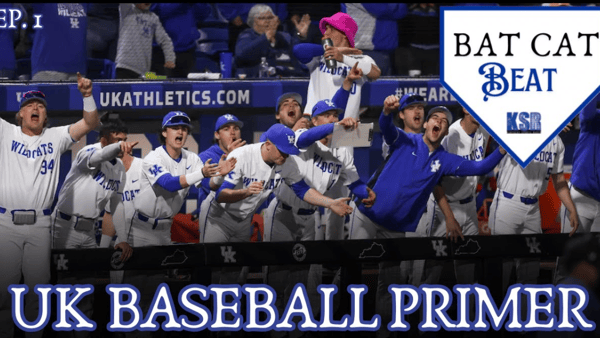
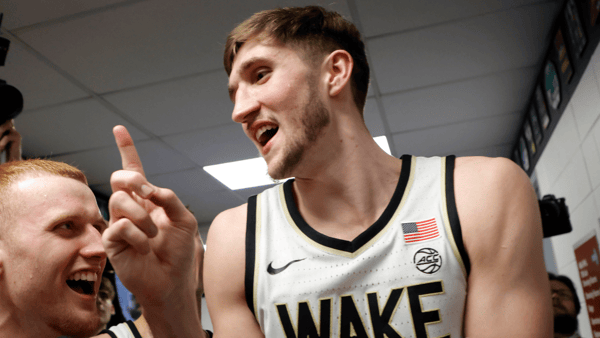
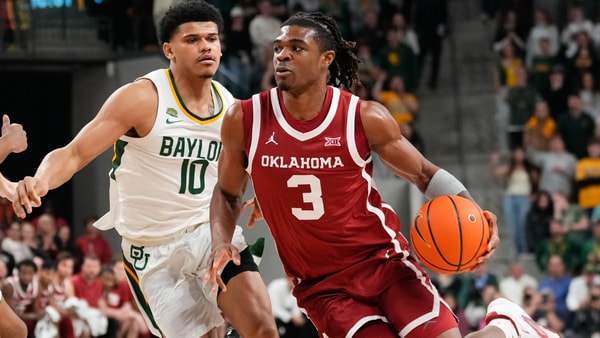
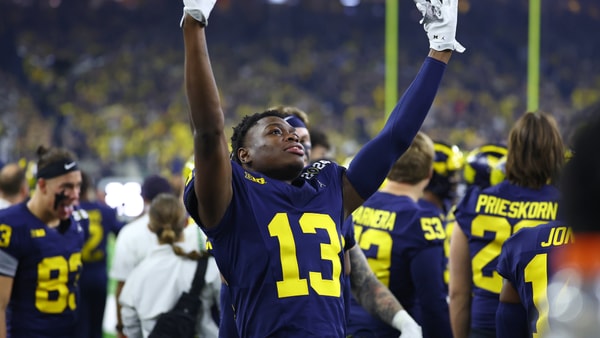
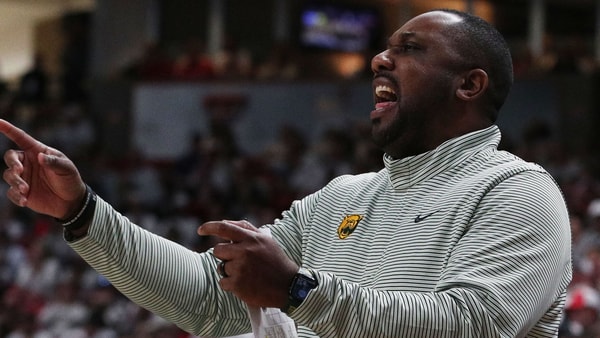
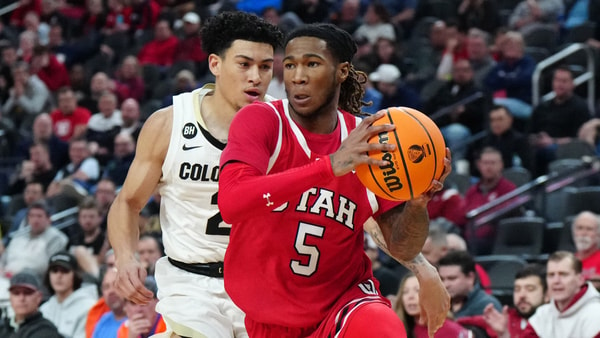
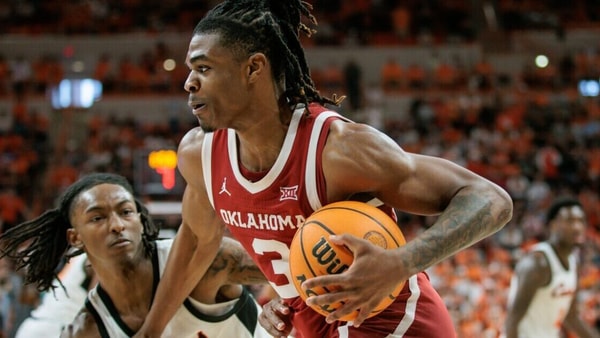
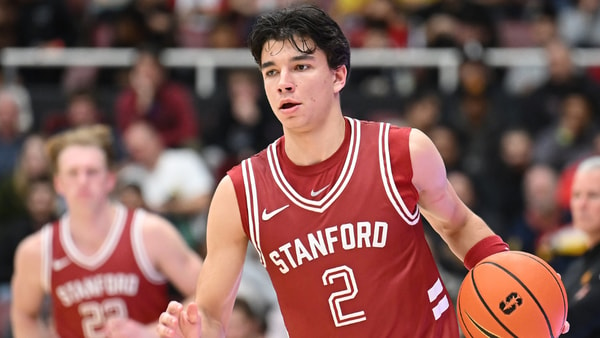
Discuss This Article
Comments have moved.
Join the conversation and talk about this article and all things Kentucky Sports in the new KSR Message Board.
KSBoard